Kentia Palm Care: A Howea Forsteriana Growing Guide
Looking to add a touch of elegance to your space without too much fuss? This palm is a graceful, easy-care plant that thrives indoors and brings a relaxed, tropical feel to any room. Its soft, arching fronds make a beautiful statement—just be sure to give it a bit of space to spread out. If you’re new to Kentia Palm care, this guide will provide you with helpful information.
From my interior plantscaping days, I’ve specced and cared for many Kentia Palms in offices, lobbies, and homes. They’re slow-growing, pricey, and typically propagated by seed, which adds to their cost. These palms tolerate low light but grow very slowly in it, producing perhaps one or two new fronds (leaves) per year. For that reason, if you want a fuller, taller look, it’s best to purchase one that’s close to your desired size.
Although they’re billed as low-light plants, they grow better in medium light. Either way, they’re forgiving, elegant, and long-lived indoor plants.
Botanical Name: Howea forsteriana Common Name: Kentia Palm, Thatch Palm, Sentry Palm, Paradise Palm

Kentia Palm Traits
Size/Form
These palms have a flowing, elegant form. As they grow, their width can eventually match their height. A Kentia Palm in a 10″ pot typically stands around 4–5 feet tall, while one in a 14″ pot can reach 6–7 feet. You may find them in smaller pots (6–8″), but know they grow slowly, so it’ll be a while before they gain noticeable height.
They’re not easy on the wallet, especially the more mature specimens!
Growth Rate
This one is a slow grower, especially in low-light conditions. If you buy a 4′ Kentia Palm hoping it’ll shoot up to 8′ anytime soon, you’ll be waiting a long time!
Uses
They’re most commonly used as floor plants.
Big Draw
The gorgeous form and ease of care. As mentioned above, it isn’t cheap. The Areca, Neanthe Bella, and Bamboo Palms are much more affordable.
Kentia Palm Care Quide
Light Requirements
Kentia Palms do best in moderate to bright, indirect light—that’s their sweet spot. Keep them out of direct sun, which can scorch the fronds. Mine happily grows in the bedroom, 8′ away from an east-facing patio door where it receives natural light all day.
They’ll tolerate lower light, but growth will slow even more. If your palm starts looking pale or the leaves feel less robust, it’s a sign it needs more light. During the darker winter months, you may need to temporarily move it to a brighter spot to keep it looking its best.
If natural light is limited, a simple full-spectrum grow light can help keep your Kentia Palm healthy and growing year-round. Yours is most likely growing against a wall or in a corner. Rotate it every 3-6 months to receive light evenly on all sides.
Watering
I let many of my houseplants dry out before watering them again. This one is different. I water it when the top 1/3 to 1/2 of the soil is dry. Typically, it’s every 9-14 days in summer and less frequently in winter. I use a soil moisture meter to tell me when my kentia needs water—it’s a real time-saver when you have over 75 houseplants and don’t want to stick your finger in every pot!
I can’t give you a watering schedule. Adjust the frequency according to your plant’s pot size, soil mix, time of year, and home environment. You want a happy medium with this plant, not bone dry or soggy wet.
Too much water leads to root rot. Make sure there’s at least one drainage hole on the bottom of the pot, allowing excess water to flow out.
The tips of this plant will brown if you have salts and/or fluorides in your water. Tap water can cause salt burn on the edges and tips of the leaves over time. Consider using filtered water if your tap water contains high levels of salts or other minerals. I have a tankless RO water filtration system in the kitchen with a cartridge that reintroduces beneficial minerals. I use it to water all of my houseplants.
If you’re a beginner, this guide to watering indoor plants provides more information.
Temperature
If your home feels comfortable to you, it’s likely to be the same for your houseplants too. Just be sure to keep your kentia away from cold drafts, air conditioning vents, and heat sources.
Humidity
Kentia Palms are subtropical plants that naturally grow in high-humidity environments. Fortunately, they’re quite adaptable and can handle the drier air in our homes fairly well. That said, dry indoor air can cause the leaf tips to brown over time.
I live in the Arizona desert, where humidity levels stay low most of the year. To help my Kentia along, I use a humidity reader and run small tabletop humidifiers when levels drop below 25%, which happens often! I also mist the fronds every week or two.
If your home tends to be dry, misting can help give your palm a boost. Another easy option is to place the pot on a pebble tray or saucer filled with water—make sure the bottom of the pot sits above the waterline, not in it. Grouping plants can also help.
Fertilizing
During the active growing season, I fertilize my kentia every four weeks. Here in Tucson, that season lasts a long time, from mid-February through October or early November. I alternate using a few fertilizers, including Grow Big, Liquid Kelp, and Maxsea or Sea Grow. I alternate these fertilizers monthly and don’t mix them all together.
Your start date may be later in a different climate zone with a shorter season. Feeding your plants three to five times a year with a houseplant fertilizer may be sufficient.
Fertilizing too frequently or with excessive amounts of fertilizer can cause salts to accumulate, eventually leading to root and leaf burn. This will show up as brown edges and spots on the leaves. If you fertilize more than three times a year, try using the fertilizer at half-strength. The label on the jar or bottle will guide you.
You don’t need to fertilize houseplants in late fall or winter because it’s not their active growing season. Be sure to avoid fertilizing a stressed houseplant, i.e., one that is bone dry or soaking wet.
Here’s a general guide to feeding houseplants with lots of tips.
Soil
Kentias do best in a well-draining, aerated, and chunky soil mix that’s also rich in organic matter. When it’s time to repot mine, I’ll use a blend of 2/3 high-quality potting mix formulated for houseplants (my go-tos are Happy Frog and Ocean Forest) and 1/3 DIY succulent & cactus mix (it contains coco chips, coco peat, and pumice for extra drainage). I’ll also toss in a few handfuls of compost to give it a nutrient boost.
If you’d rather keep it simple, you can use an indoor palm or cactus mix —just make sure it has good drainage and doesn’t feel too dense or heavy.
Repotting
The best time to repot houseplants is during the spring through early fall, when they’re actively growing. Kentia Palms don’t have deep root systems—they tend to spread rather than grow down—so they don’t need frequent repotting. I haven’t repotted mine in over five years, and it’s still doing fine.
?That said, if your palm looks stressed, it might be time for a refresh. Like all houseplants, they’ll eventually need a bigger pot and/or fresh soil. A good rule of thumb is every 3–6 years, depending on the plant’s growth and health.
?When repotting, go up one pot size—for example, from an 8″ to a 10″. Ensure the new pot has drainage holes to allow excess water to flow out easily, preventing soggy roots.
Pruning
Because this palm is slow growing, not much pruning is needed except for removing the occasional yellow or brown leaf and stem.
Propagation
I’ve propagated plenty of plants in my day, but never a Kentia Palm. Since they’re grown commercially from seed—a slow and tricky process—I’m happy to leave that to the growers. This method is also one reason why kentias tend to be more expensive than other houseplants.
I’ve seen smaller kentias in 6″ grow pots that look like they could be divided. I wouldn’t recommend trying that with larger specimens. These palms grow from a single trunk, so division can be a gamble.
Pests
Kentias can be subject to spider mites, mealybugs, and scale. Be sure to check the undersides of the leaves, as these pests love to hang there.
It’s a good idea to keep an eye out—pests can spread quickly from one plant to another. If you do spot any unwelcome critters, insecticidal soap or neem oil usually does the trick for the ones listed above. Catching them early and taking action makes all the difference!
Cleaning
Those large, elegant fronds can get dirty fast. This plant benefits from a good cleaning, best done with a soft, damp cloth and a spray bottle. If it isn’t too heavy, spray it in the shower or take it outside for a good hosing.
I clean mine once or twice a year. Cleaning the leaves will make it look better and help it breathe.
Pet Safety
Ring the bells! Kentia Palms are non-toxic, according to the ASPCA.
Kentia Palm Care FAQs
Are Kentia Palms prone to leaf tip browning?
They’re native to subtropical climates and thrive in humid environments. Yes, they’re prone to brown leaf tips, which occur in response to the dry air common in most homes.
Do Kentia Palms like to be root-bound?
Kentias have a shallow root system and don’t mind growing snug in their pots. Repot every 3–6 years or when growth noticeably slows down or the plant looks stressed.
Can I grow a Kentia Palm outdoors?
They grow outdoors in Southern California, Florida, and Hawaii and have a reputation for being extremely durable. I used to live in Santa Barbara, CA, and frequently saw them used as a container plant in entryways.
If you put yours outdoors for the summer, make sure it’s not in direct sunlight.
How can I make my Kentia Palm look fuller?
This is a slow-growing palm, so there’s not much you can do except fertilize and make sure it’s in the right conditions. For a fuller look, place two or three plants in the same decorative pot.
Can I decorate around the base of my Kentia Palm?
Moss and stones are commonly used as topdressing. You can, but make sure whatever material you’re using isn’t blocking airflow, holding excess soil moisture around the surface, or layered too deeply. Use these decorative elements sparingly and make sure the potting mix freely drains and has good aeration.
With proper care, this beautiful plant can bring the relaxed feel of palm trees right into your indoor space. It’s an easy way to add a touch of tropical charm year-round!
Happy gardening,

This video was shot in a grower’s greenhouse in the Santa Ynez Valley. Warning: it’s an old video – for entertainment purposes only!
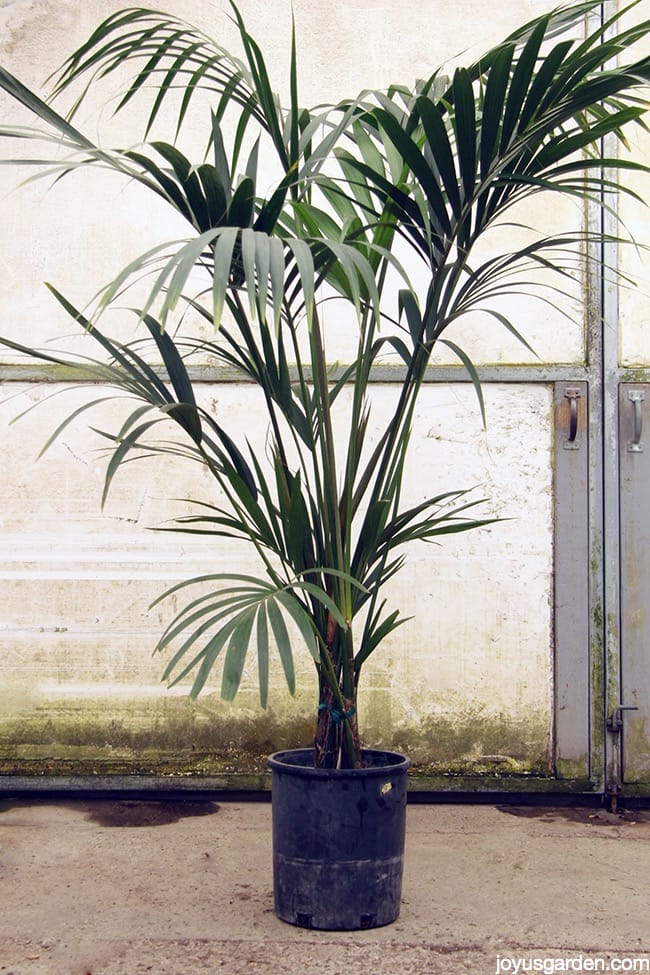
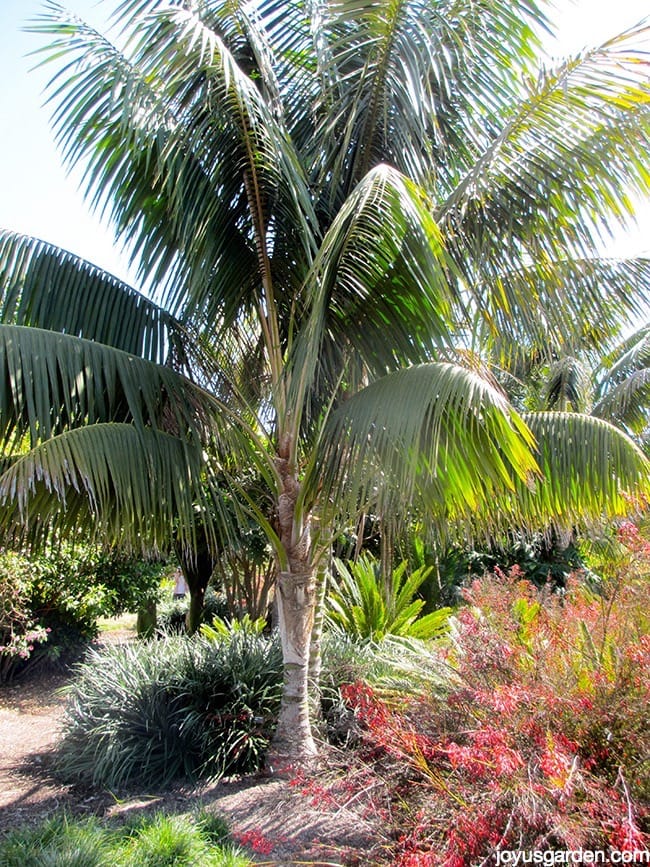


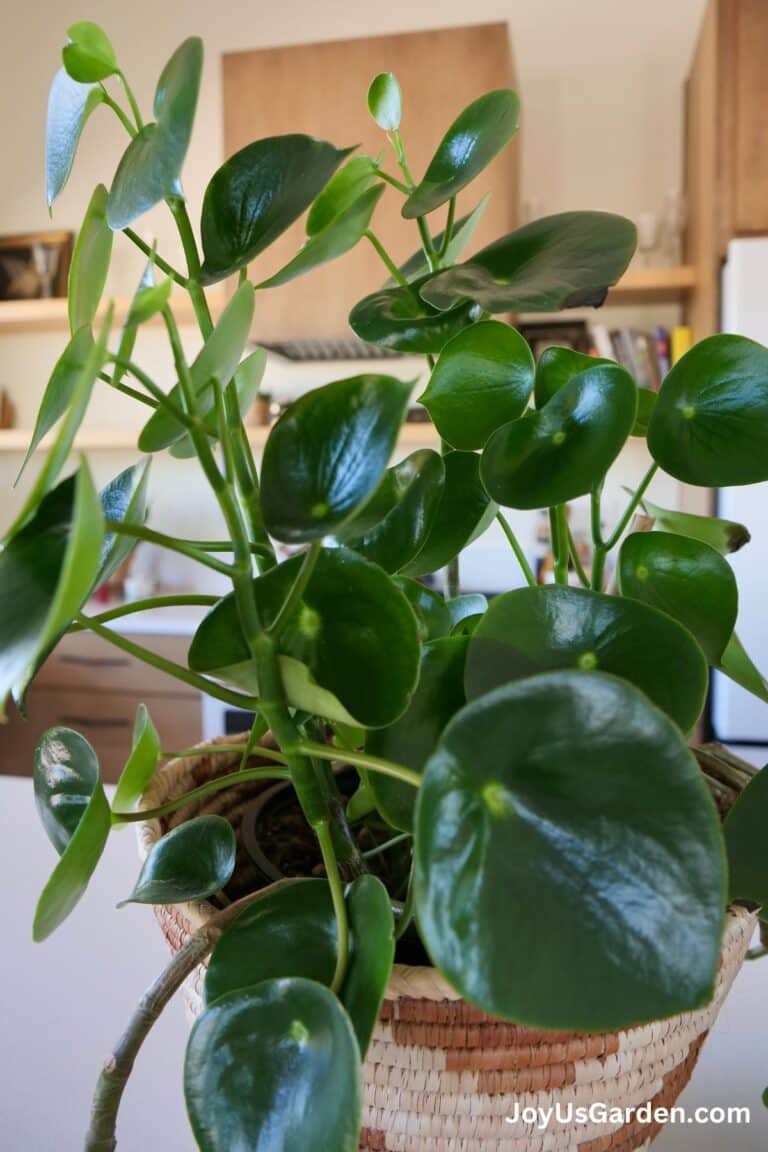
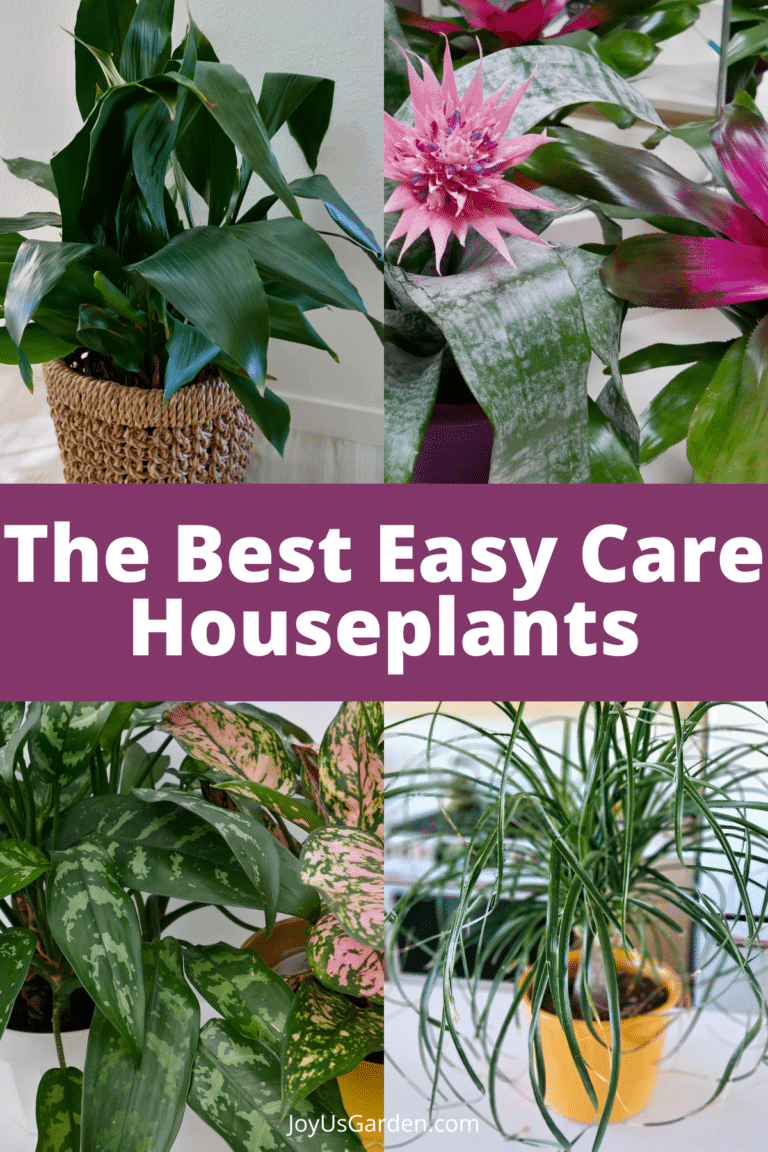

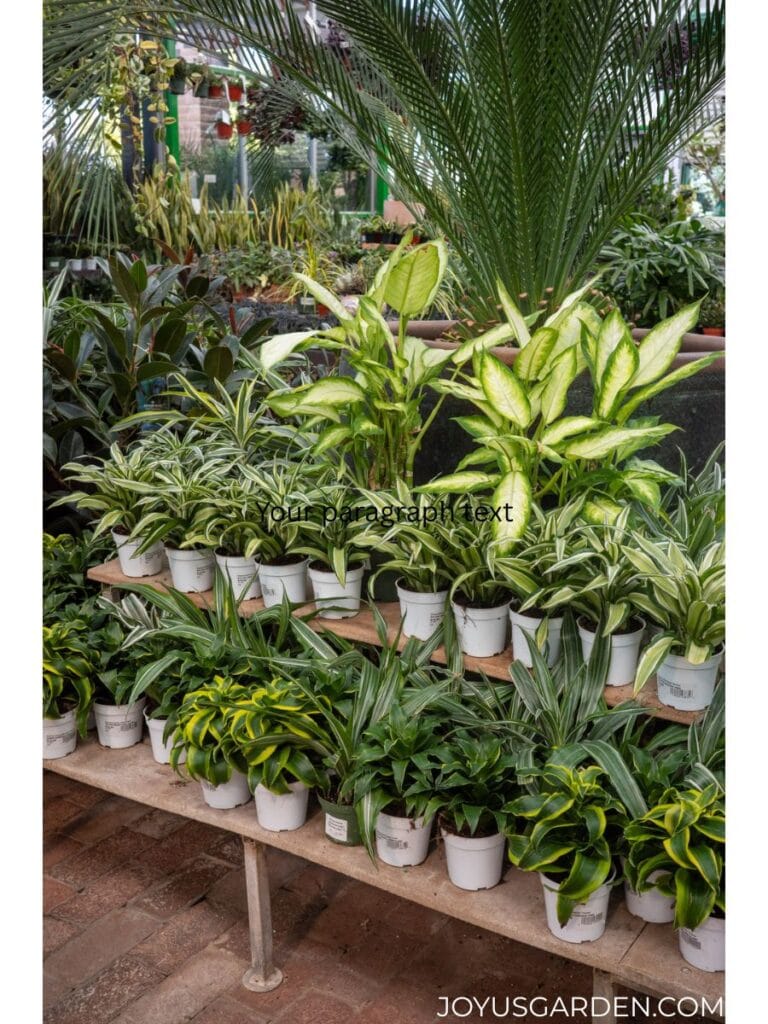
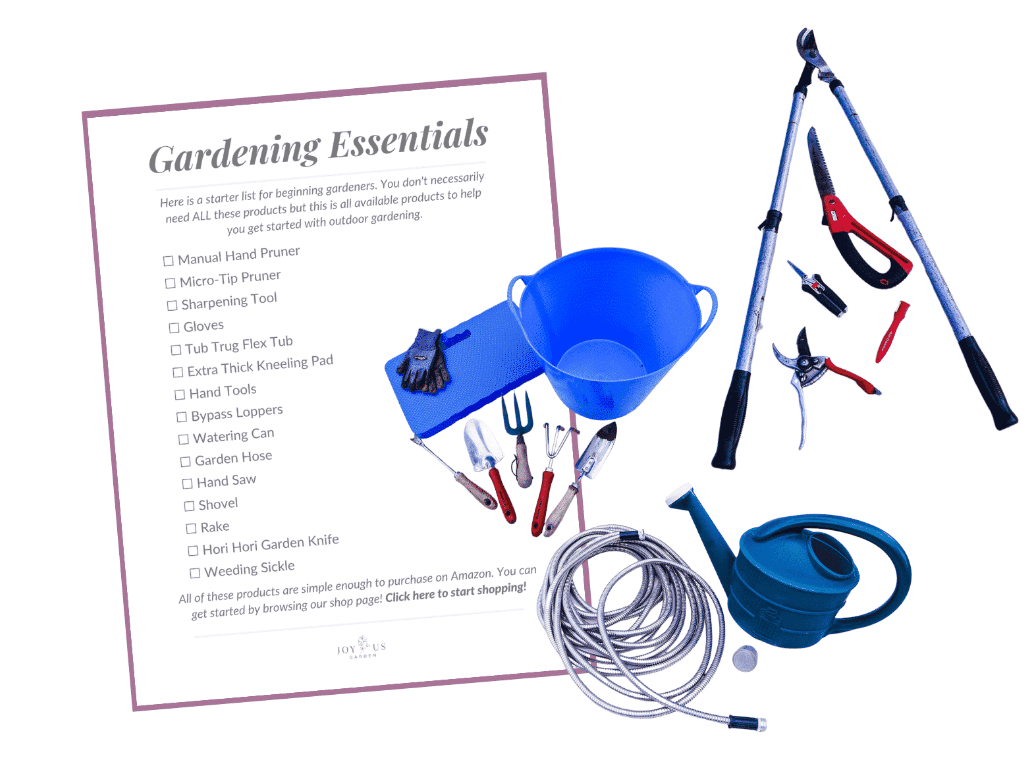
Hello Nell
Came across your site on You Tube andI was delighted to Find this piece on the Kentia or as you say Parlour Palm
I was given one about flour years ago with no lable and have wondered what it was called
Also you hav.e answered my concern as to why this plant has grown so little in all that time …. It’s supposed to!
I live in South East London England, and have discovered Hot Lips and the wonderful fragrance of Salvias – thank you for the timely tips on pruning them as I have two in my East facing sunny garden
I like your site and will subscribe
We are still very cold here even. Though it is mid March – enjoy your sunshine!
Mary
Hi Mary – Yes, Parlour Palms are very slow growing & that’s why they’re on the pricer side. It’s absolutely no fault of yours! There’s a very large world of Salvias out here with many new introductions every year. I have a friend who lives in Chelsea (very close to Brompton Cemetery) & I love to visit the beautiful gardens you have in England – everything is so green. We have lots of sunshine but everything is drying up. Thanks so much for watching the videos, reading the blog & subscribing. Hopefully spring will arrive for you very soon! Nell